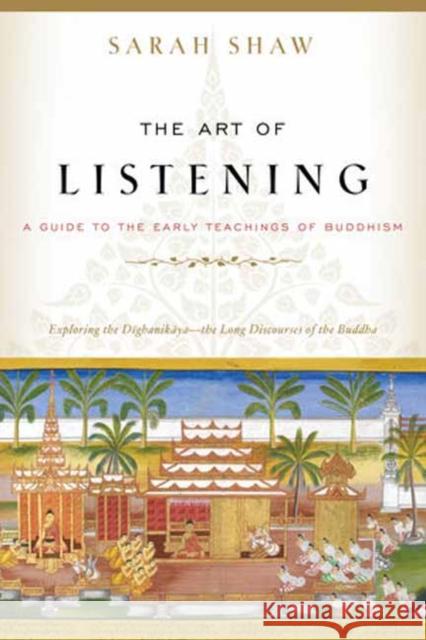The Art of Listening: A Guide to the Early Teachings of Buddhism » książka
topmenu
The Art of Listening: A Guide to the Early Teachings of Buddhism
ISBN-13: 9781611808858 / Angielski / Miękka / 2021 / 304 str.
The Art of Listening: A Guide to the Early Teachings of Buddhism
ISBN-13: 9781611808858 / Angielski / Miękka / 2021 / 304 str.
cena 85,71 zł
(netto: 81,63 VAT: 5%)
Najniższa cena z 30 dni: 85,71 zł
(netto: 81,63 VAT: 5%)
Najniższa cena z 30 dni: 85,71 zł
Termin realizacji zamówienia:
ok. 8-10 dni roboczych
Bez gwarancji dostawy przed świętami
ok. 8-10 dni roboczych
Bez gwarancji dostawy przed świętami
Darmowa dostawa!
Kategorie:
Kategorie BISAC:
Wydawca:
Shambhala Publications Inc
Język:
Angielski
ISBN-13:
9781611808858
Rok wydania:
2021
Ilość stron:
304
Waga:
0.45 kg
Wymiary:
22.86 x 15.24 x 2.54
Oprawa:
Miękka
Wolumenów:
01
Dodatkowe informacje:
Bibliografia











